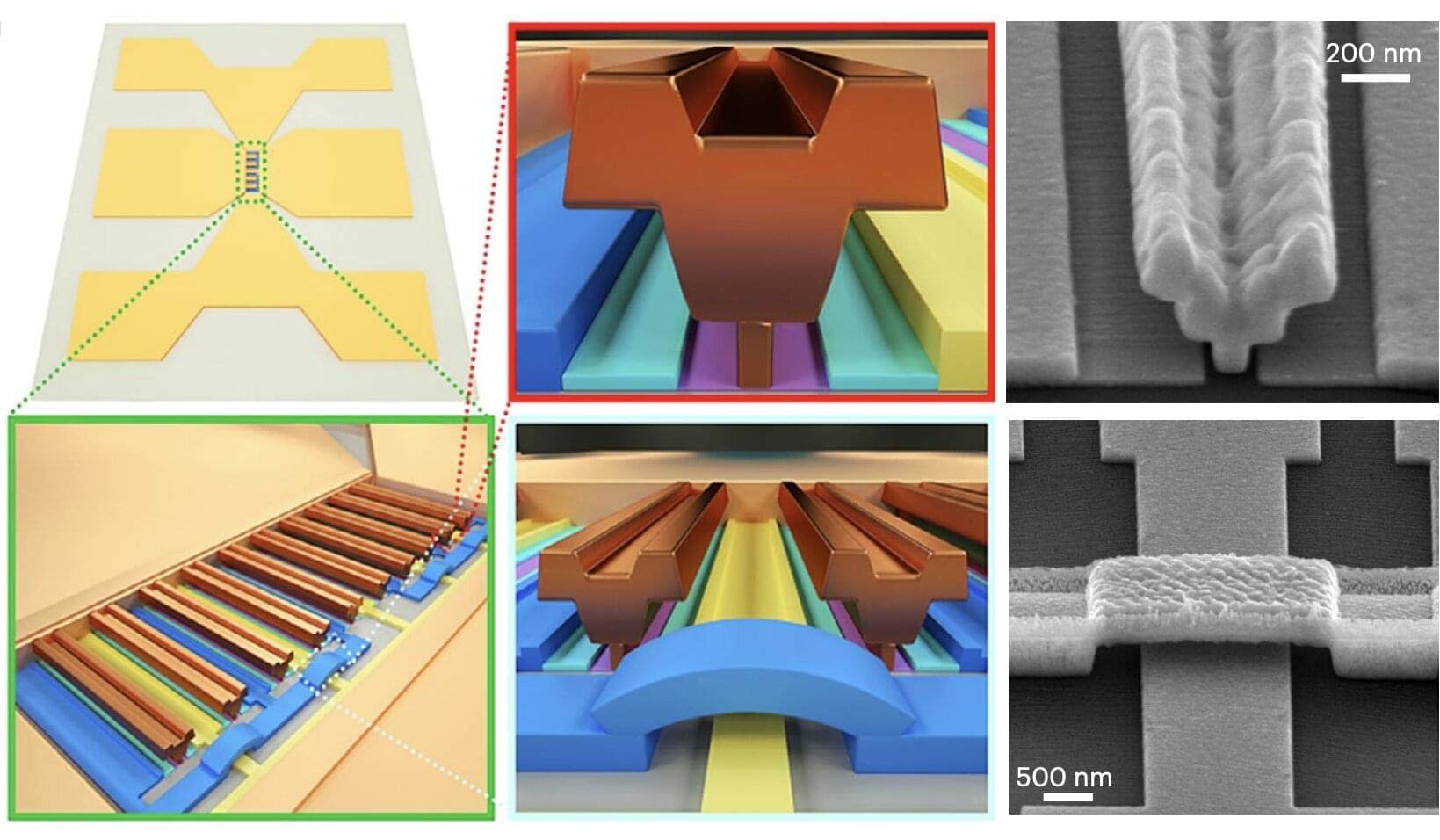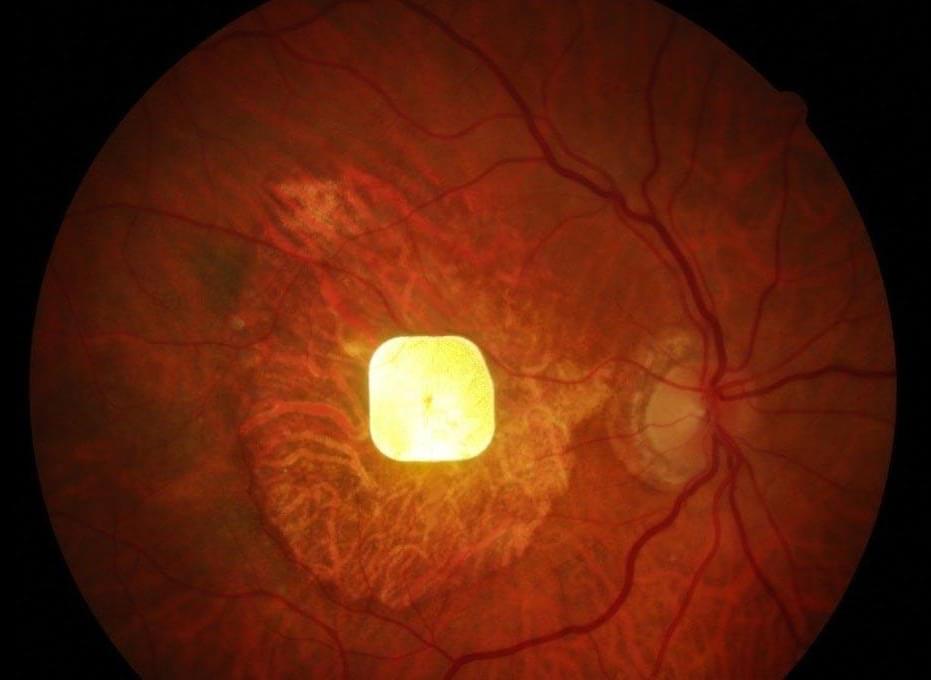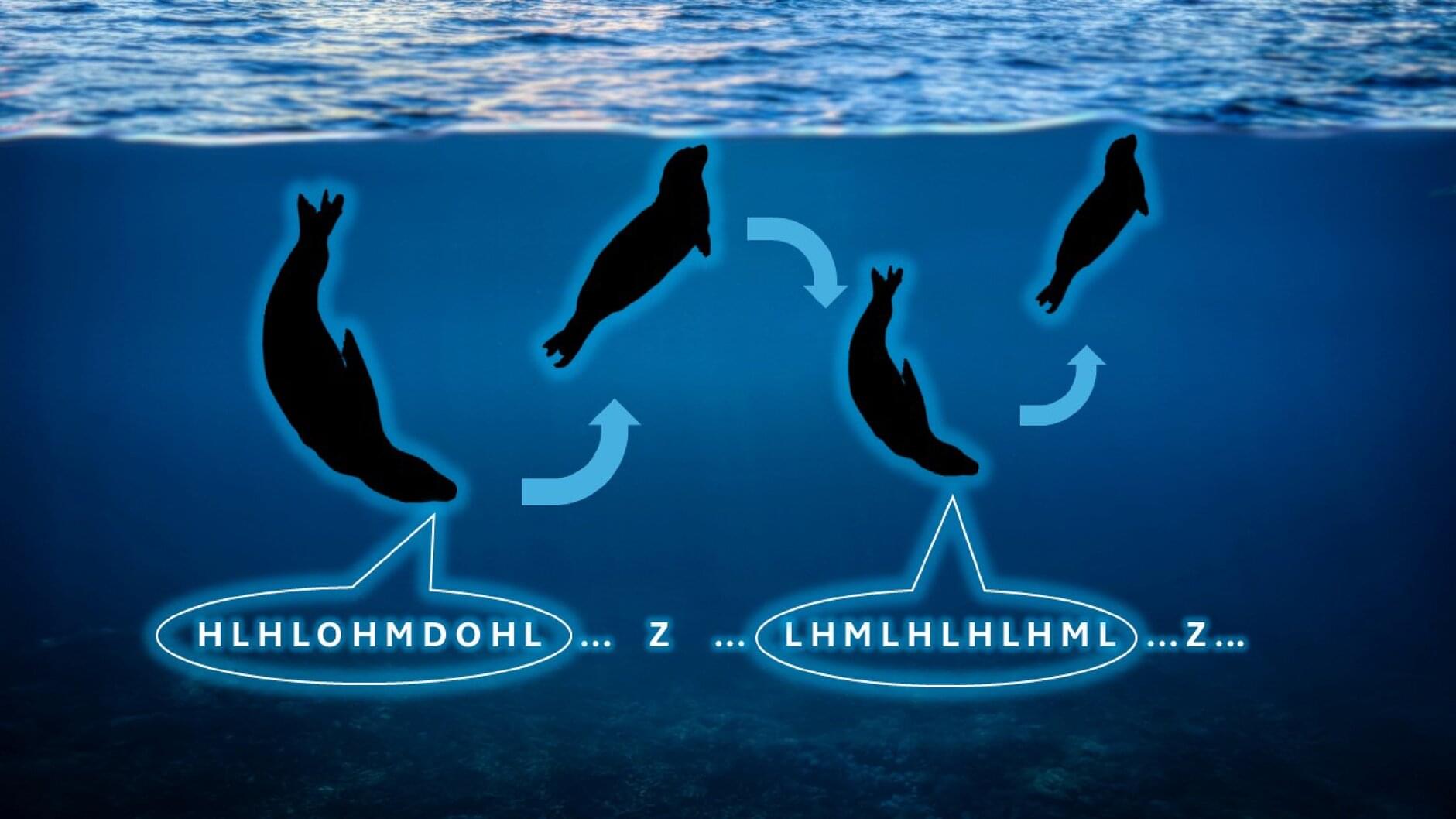Carbon nanotubes (CNTs), cylindrical nanostructures made of carbon atoms arranged in a hexagonal lattice, have proved to be promising for the fabrication of various electronic devices. In fact, these structures exhibit outstanding electrical conductivity and mechanical strength, both of which are highly favorable for the development of transistors (i.e., the devices that control the flow of current in electronics).
In recent years, several electronics engineers have started using CNTs to develop various electronics, including metal-oxide-semiconductor field-effect transistors (MOSFETs). MOSFETs are transistors that control the flow of current through a semiconducting channel utilizing an electric field applied to a gate electrode.
Notably, when arrays of CNTs are used to develop MOSFETs, they can operate at radio frequencies (RF), the range of electromagnetic waves that support wireless communication. The resulting MOSFETs could thus be particularly advantageous for the advancement of wireless communication systems and technologies.







